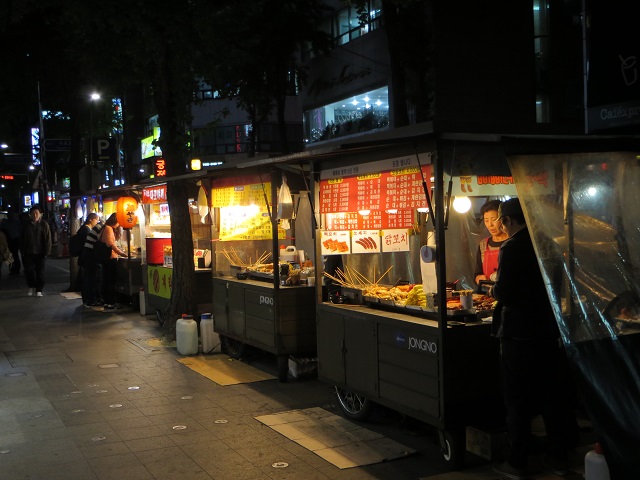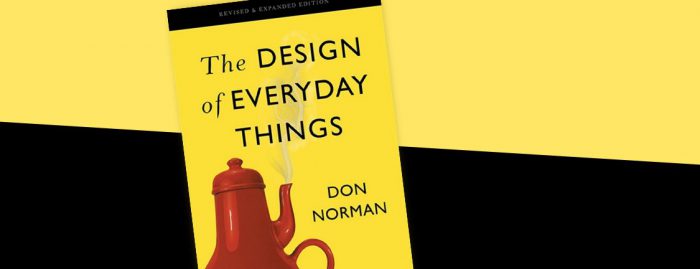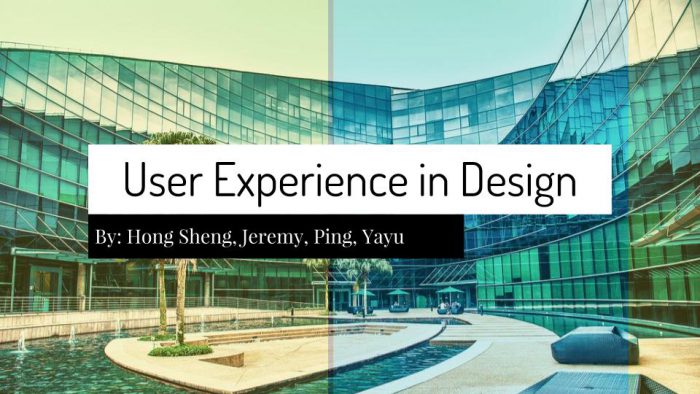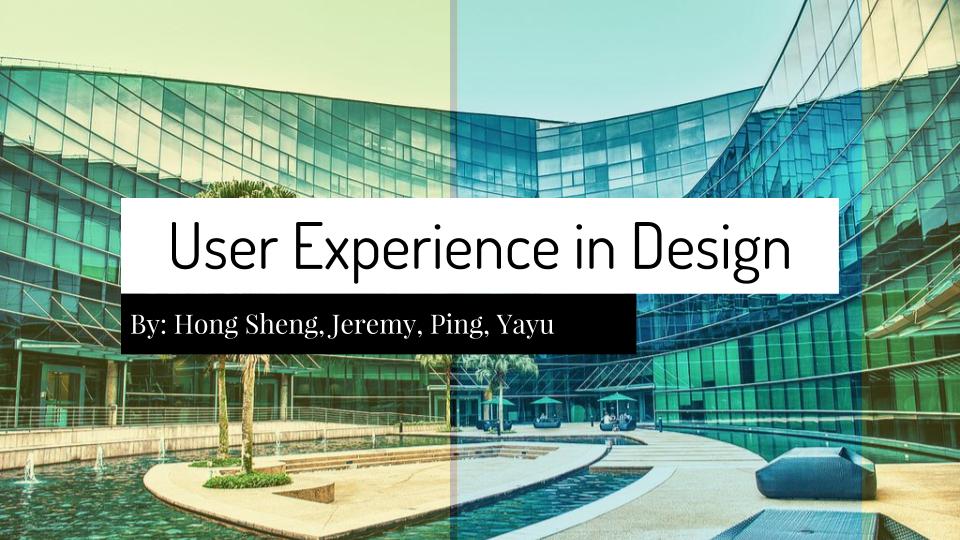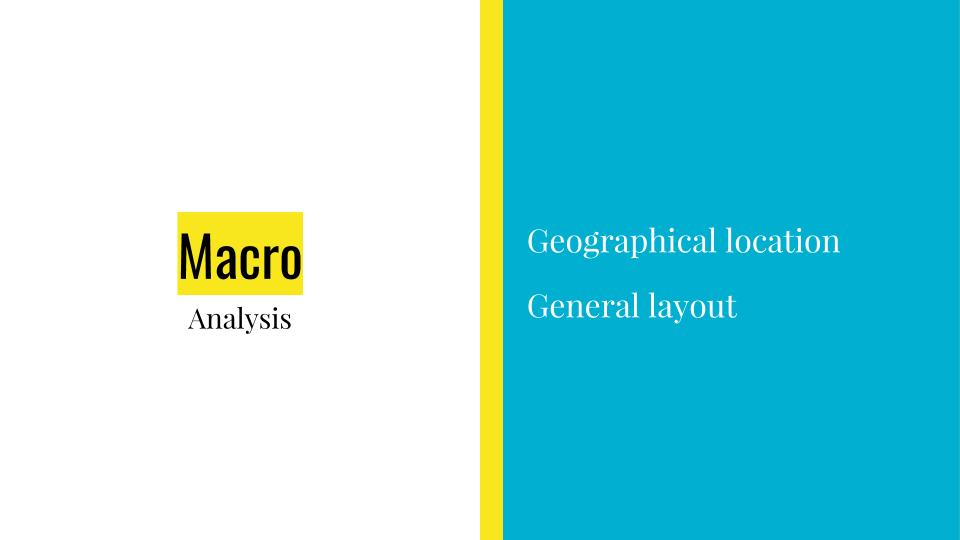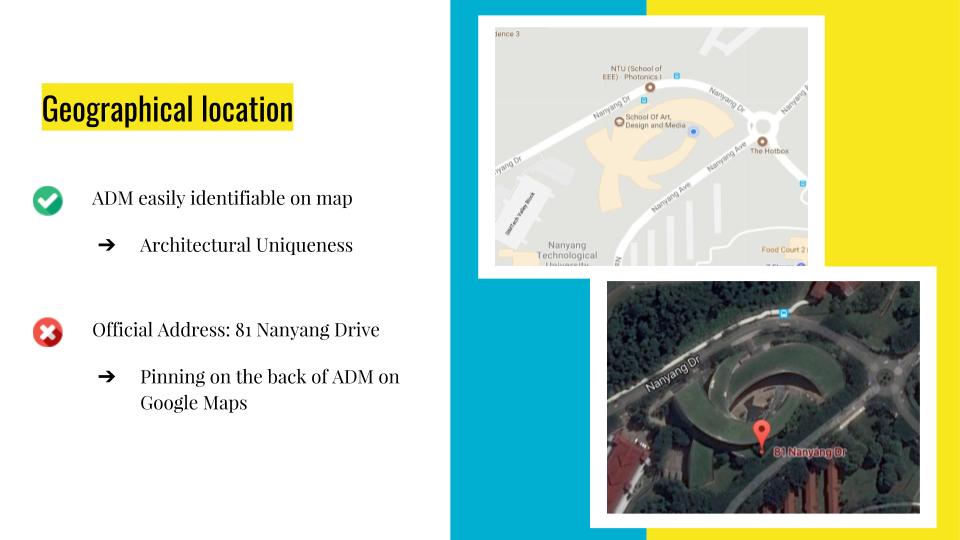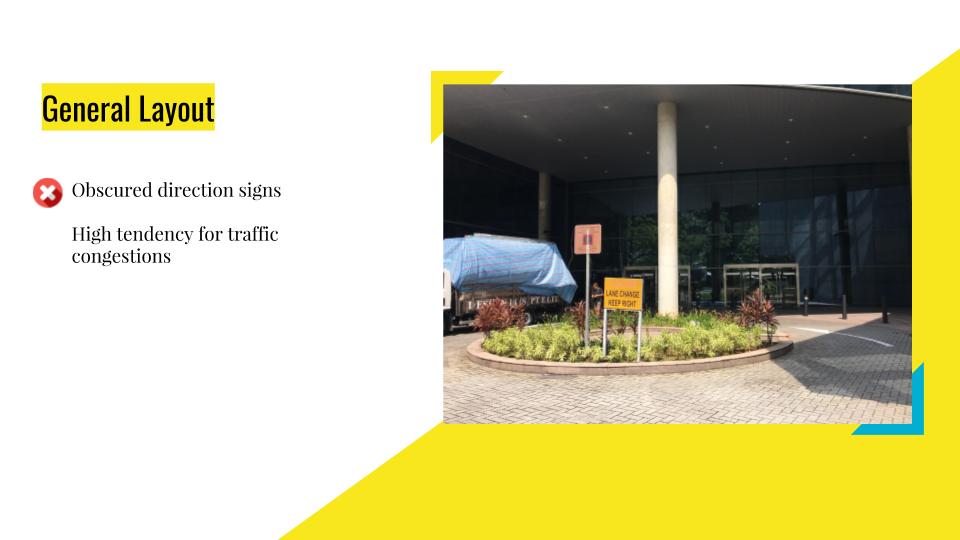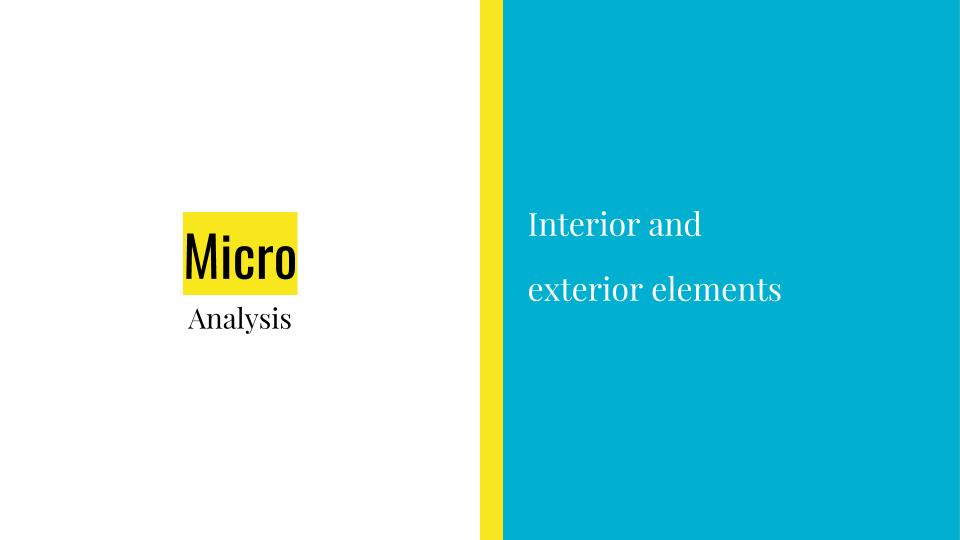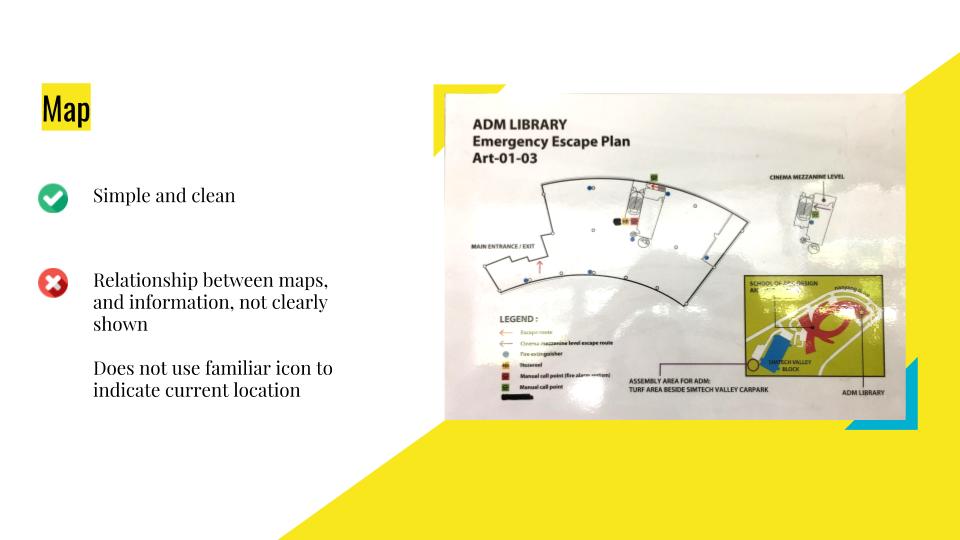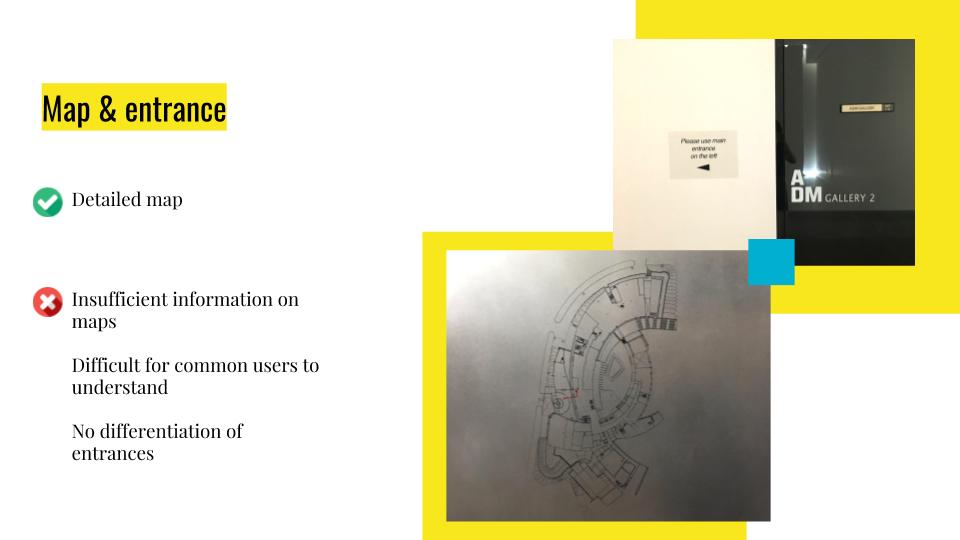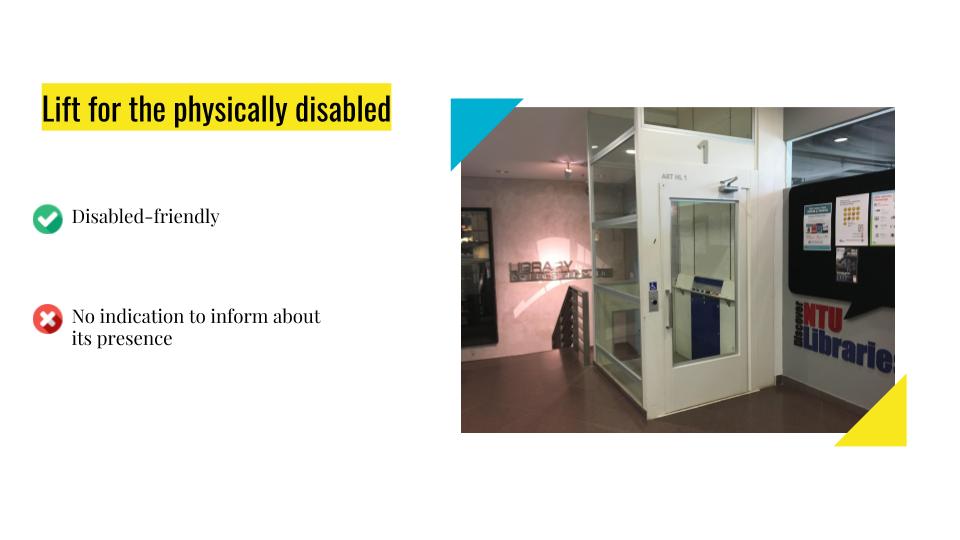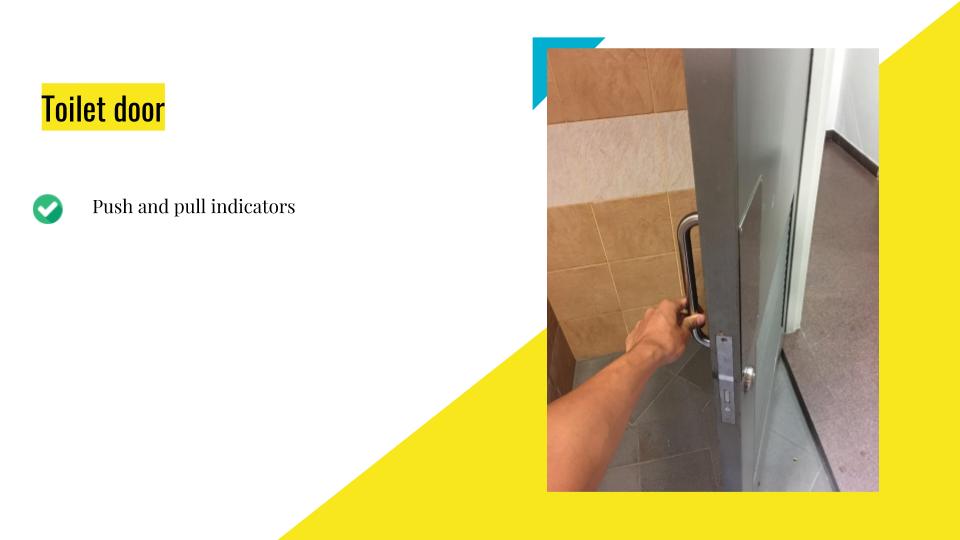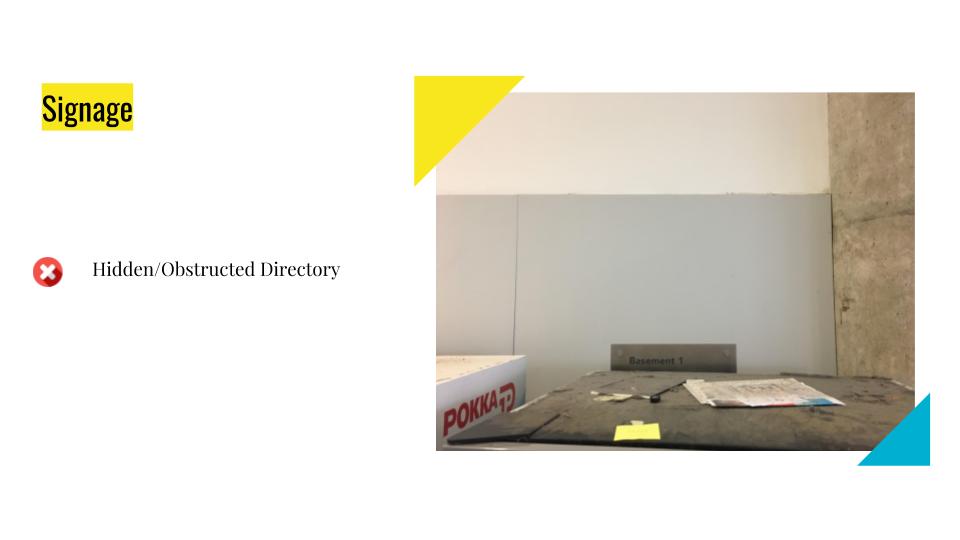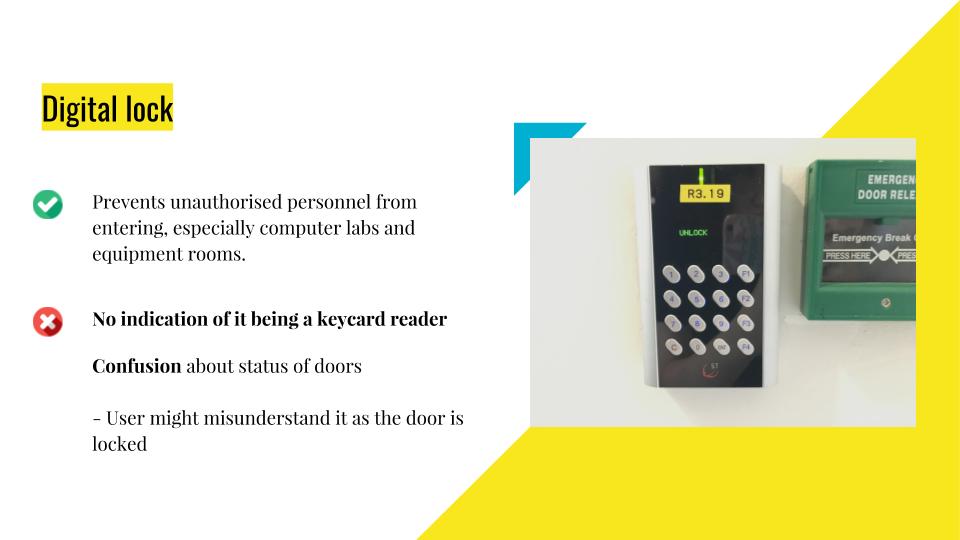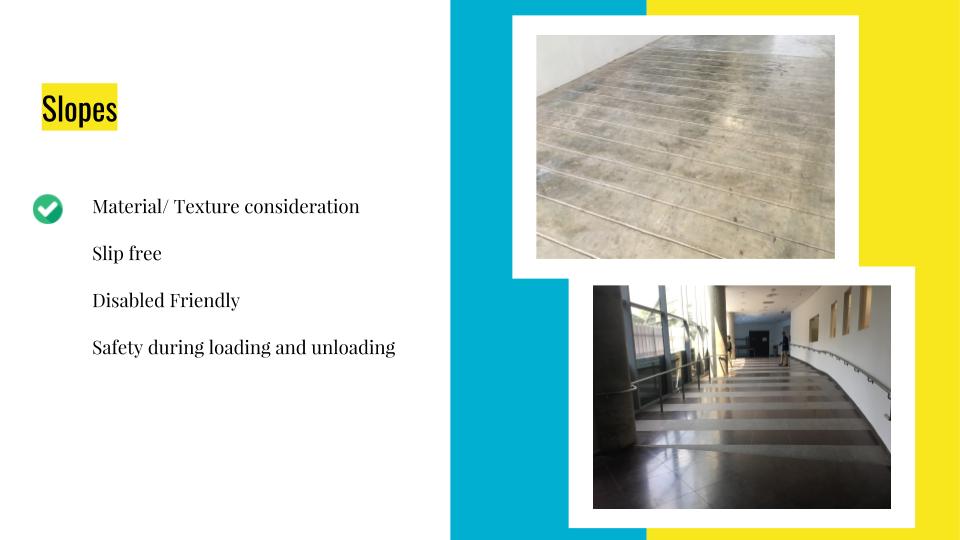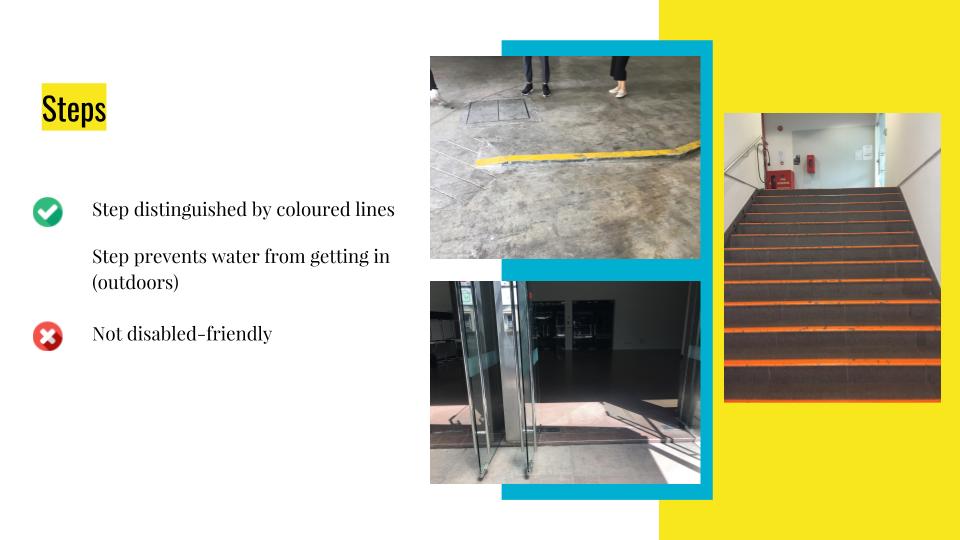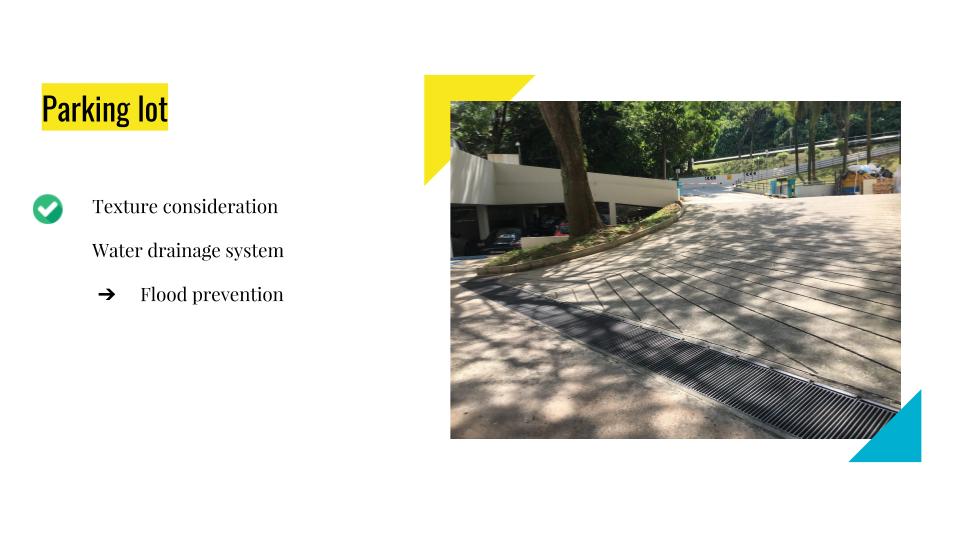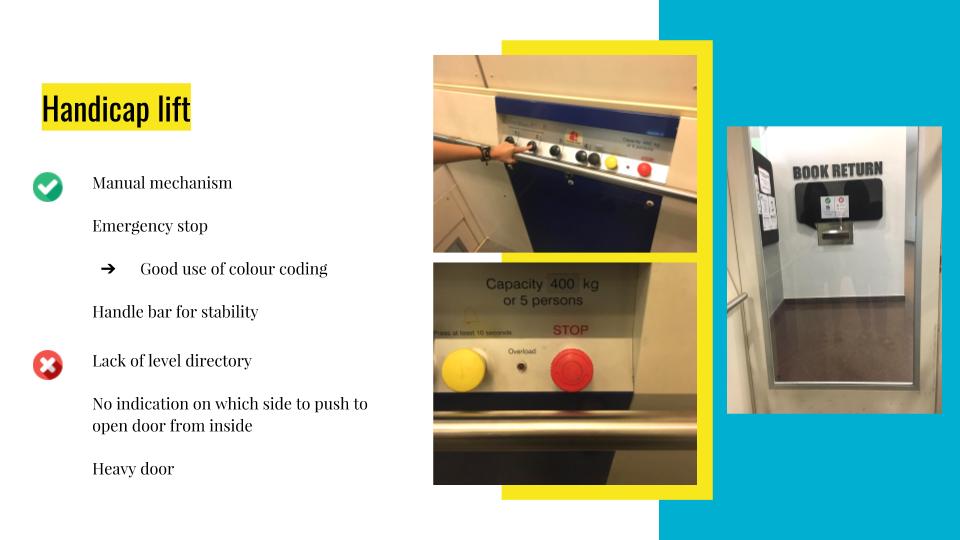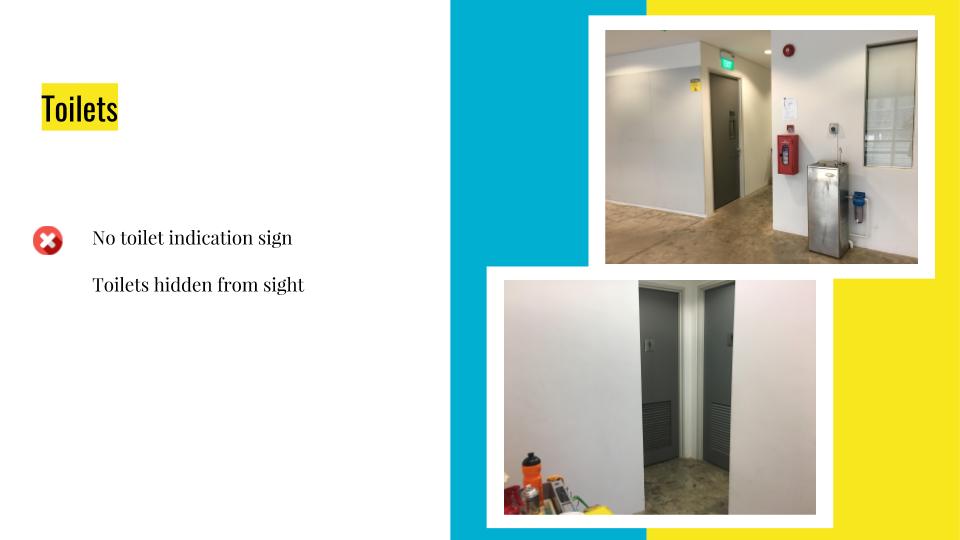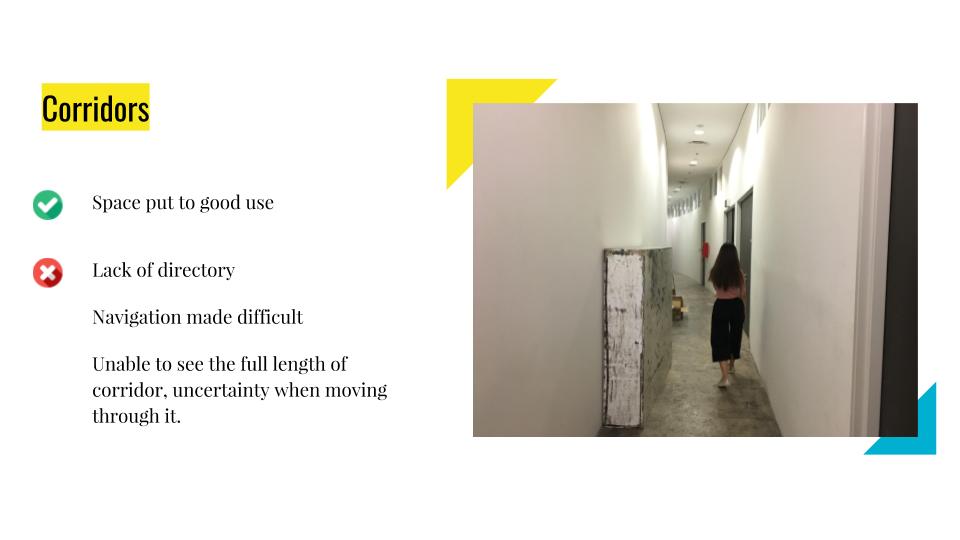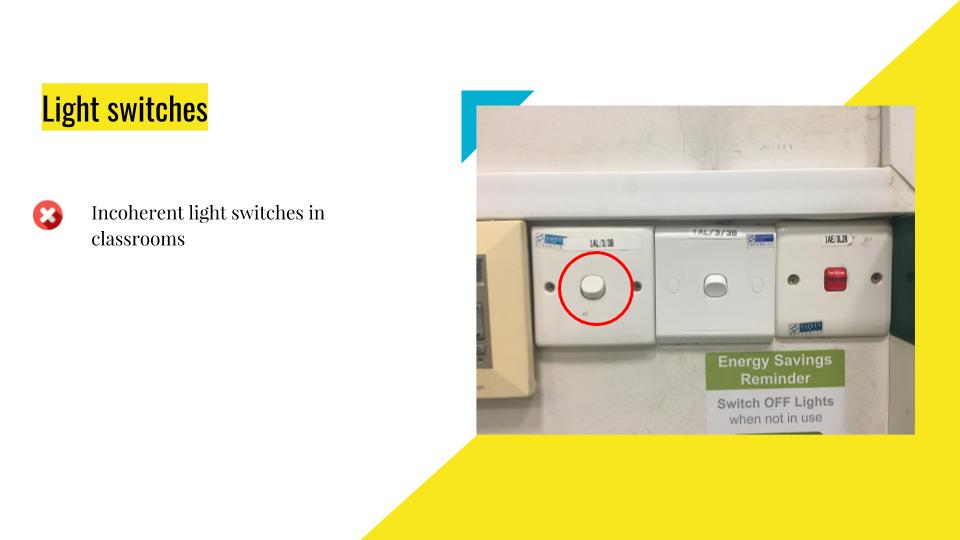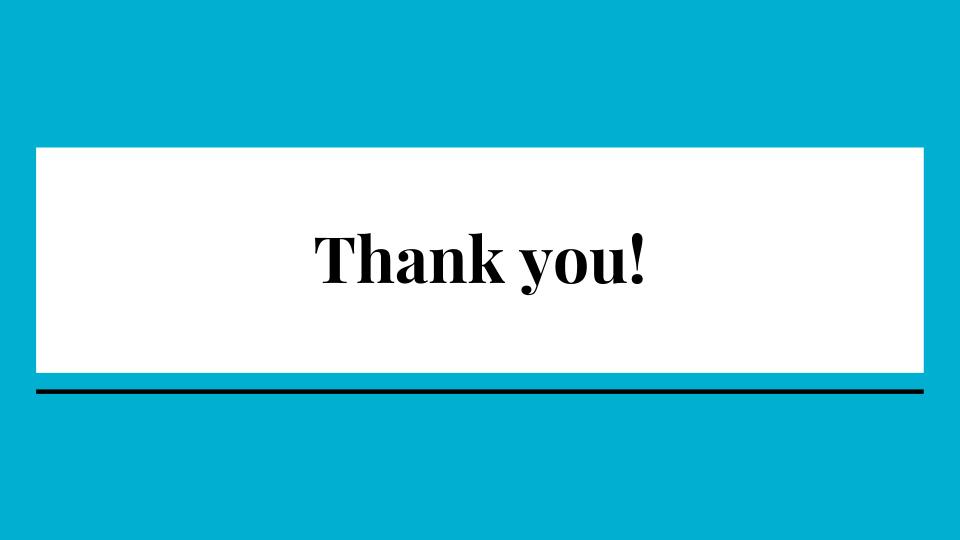
Jan Chipchase had provided an interesting guideline on calibrating culture of a place quickly, which is essential during user studies research. What he had covered in this chapter are subconsciously within all of us, but he gave an identity to all them and that will make us take notice of them in future. This chapter also conclude to a main point of “be meticulous”.
One thing he mentioned was to put ourselves in local mindset during Rapid Culture Calibration. I would like to point out that it will be hard for us, as a foreigner there, to fully immerse ourselves into a totally different culture. Simply because, we will feel some sort of anxiousness or cautiousness during our stay there as we have uncertainty of the place too. However, he also brought up the idea of partnering with a local team. Partnering with a local team is a good idea as they know what and where will be “truly local” to visit etc. Also, it will be especially beneficial in places that are not as safe or places with language barrier (Especially for places that speaks dialects)
I am very surprised that Jan Chipchase included visiting salon as one of his method too. This is one of the way that are not as common but effective. Hairdressers are constantly meeting new people and having conversations with different people.
On top of these, I would like to add in another method will be having conversations with taxi drivers (or Grab and Uber drivers now). They are usually the ones who really meet people from all walk of life. From tourists to students to working adult and so on.
From personal experience, I always have good talks with taxi/grab/uber drivers, they will talk about their day, their worries, their uncommon encounters. Most of the drivers will also talk about their worries about their future, after knowing that I am a student. Very often, they will talk about they are losing out to the society etc due to their limitation in skillset. Some of the drivers will also talk about what the other customers told them, from gossips to culture of different people too. Especially those older drivers, they often talk about how Singapore had improved/changed over the years too. I guess from here we can also figure out insights of the country too.
I would say that conversing with taxi drivers will be a better option as they are constantly moving around and meeting new people. They are also part of the country’s transportation.
All in all, this chapter gave a definite idea on how to research on users which is very important in a design process. Getting to know the culture of the users will highlight the needs and difficulties of different user groups. This will identify the bigger image of why we design. From there on, by bringing in the knowledge from what Don Norman mentioned in “The Design of Everyday Things”, we can design something that will surely bring about a great experience for users.
Questions:
- Is there a possibility of having a product that will be so universal that everybody can use it?
- How do we gauge how much of culture of one place should we inject into our design to make sure that it’s not overdoing?
